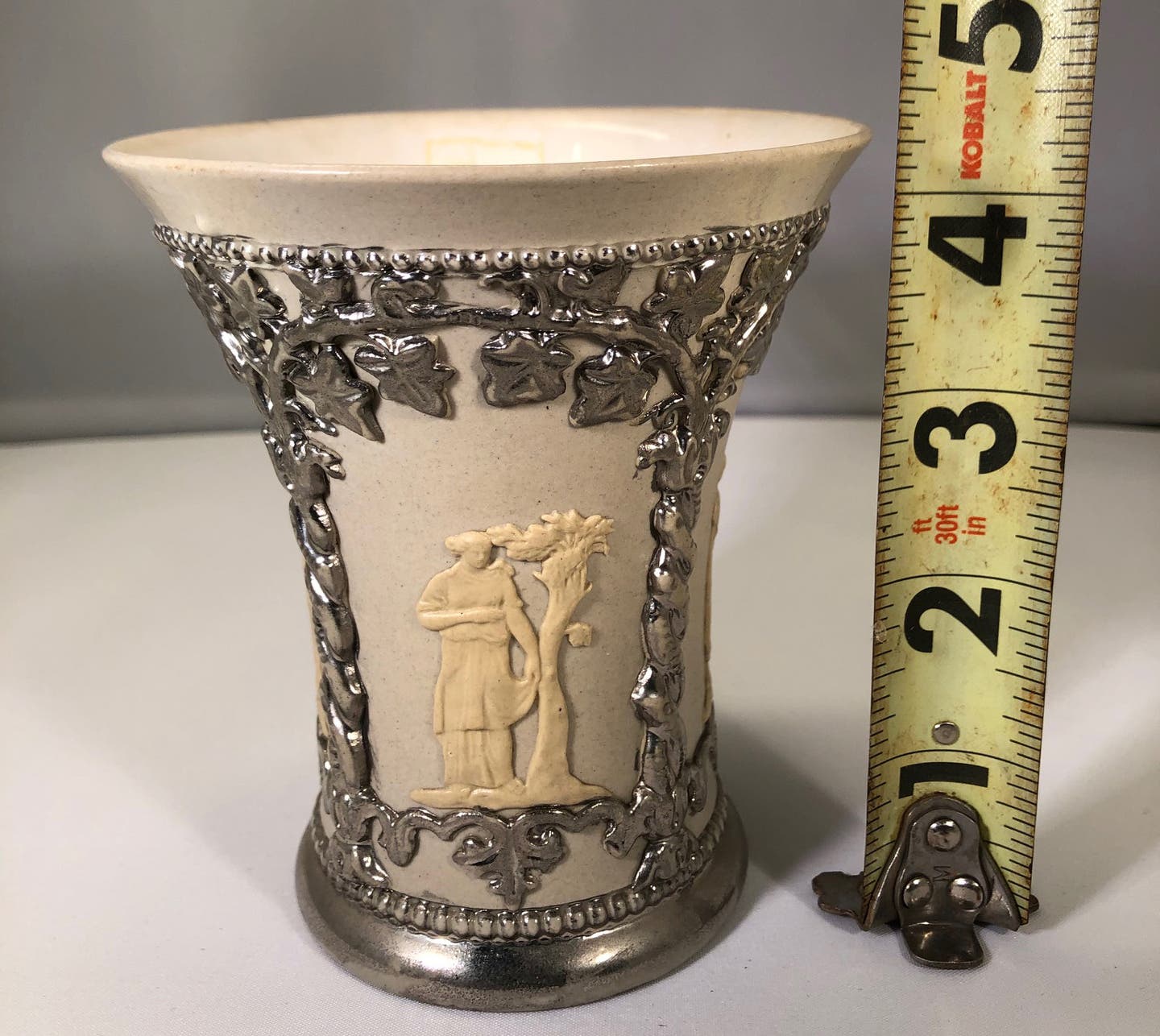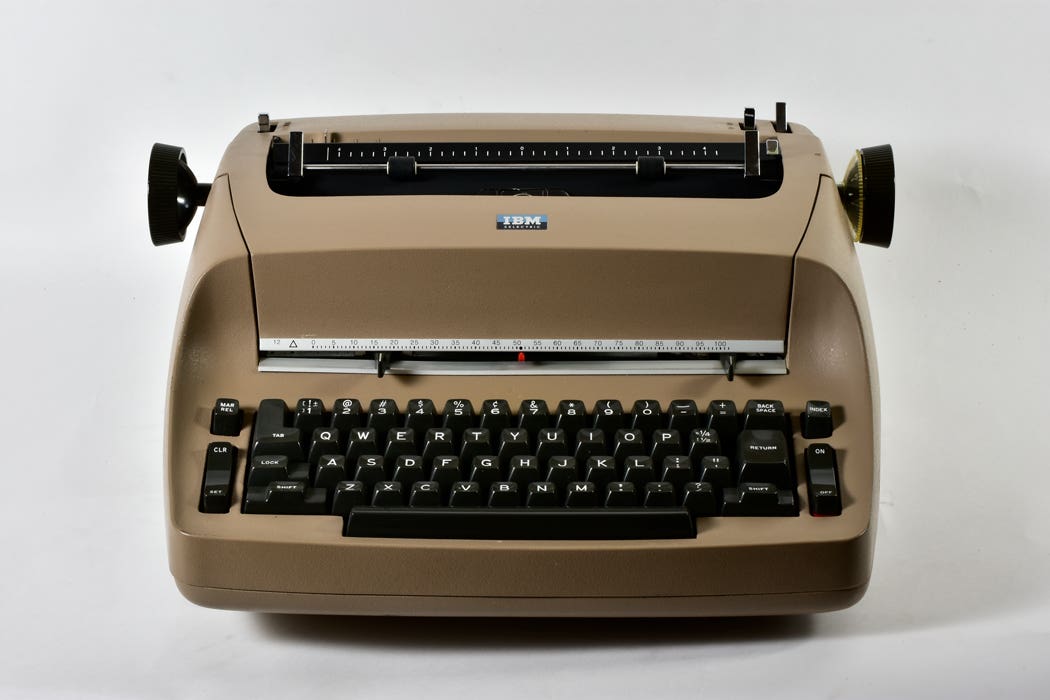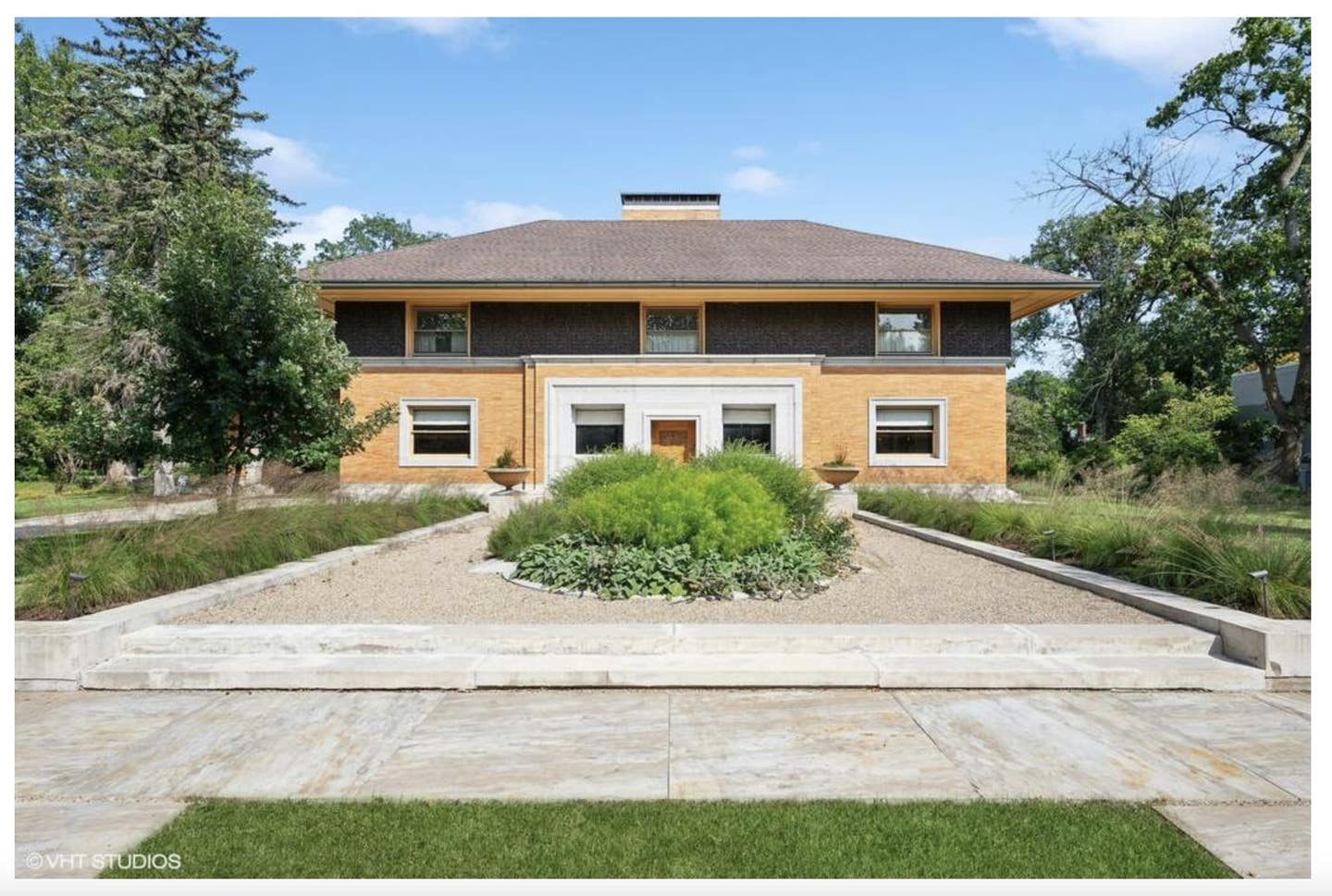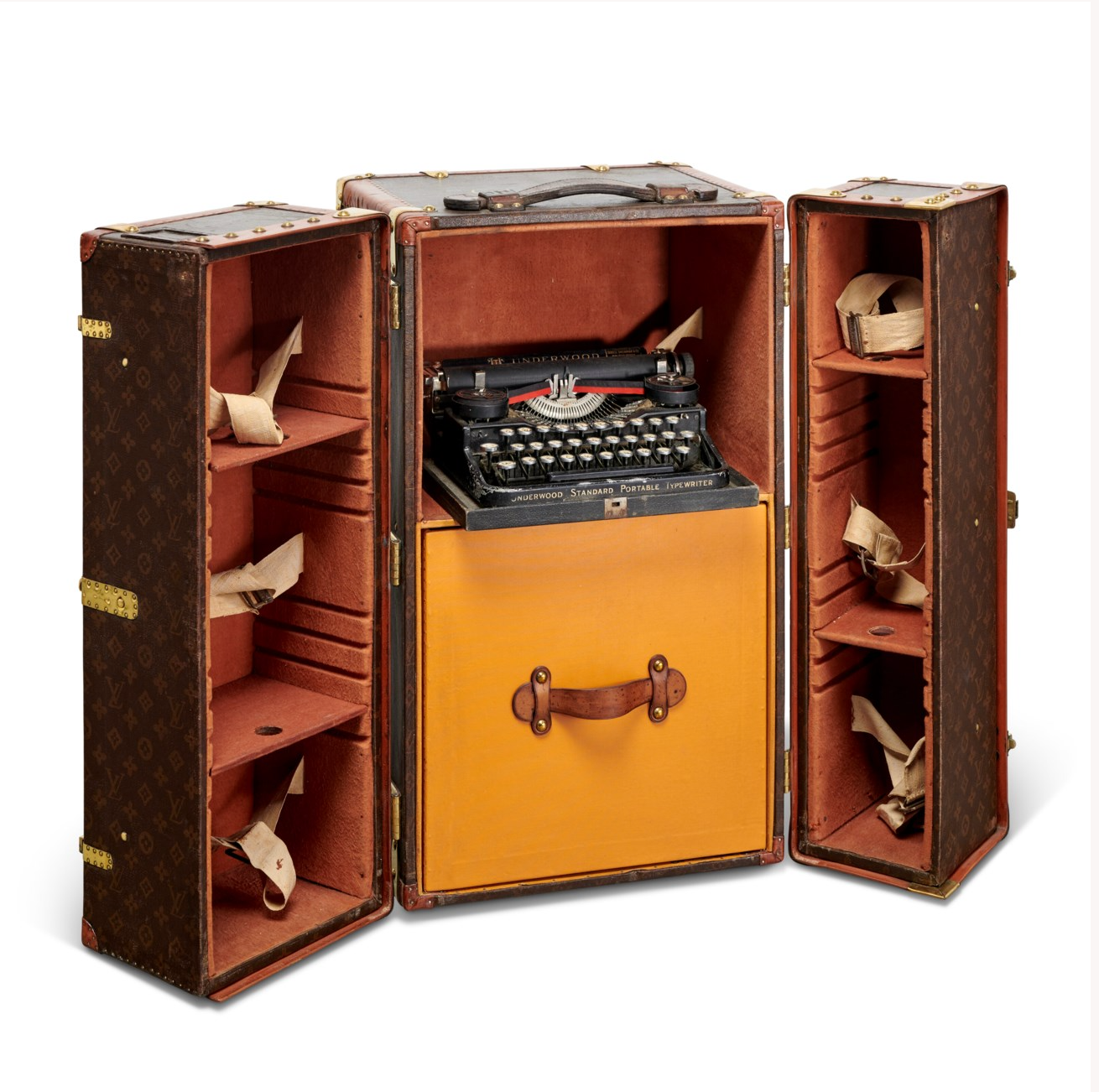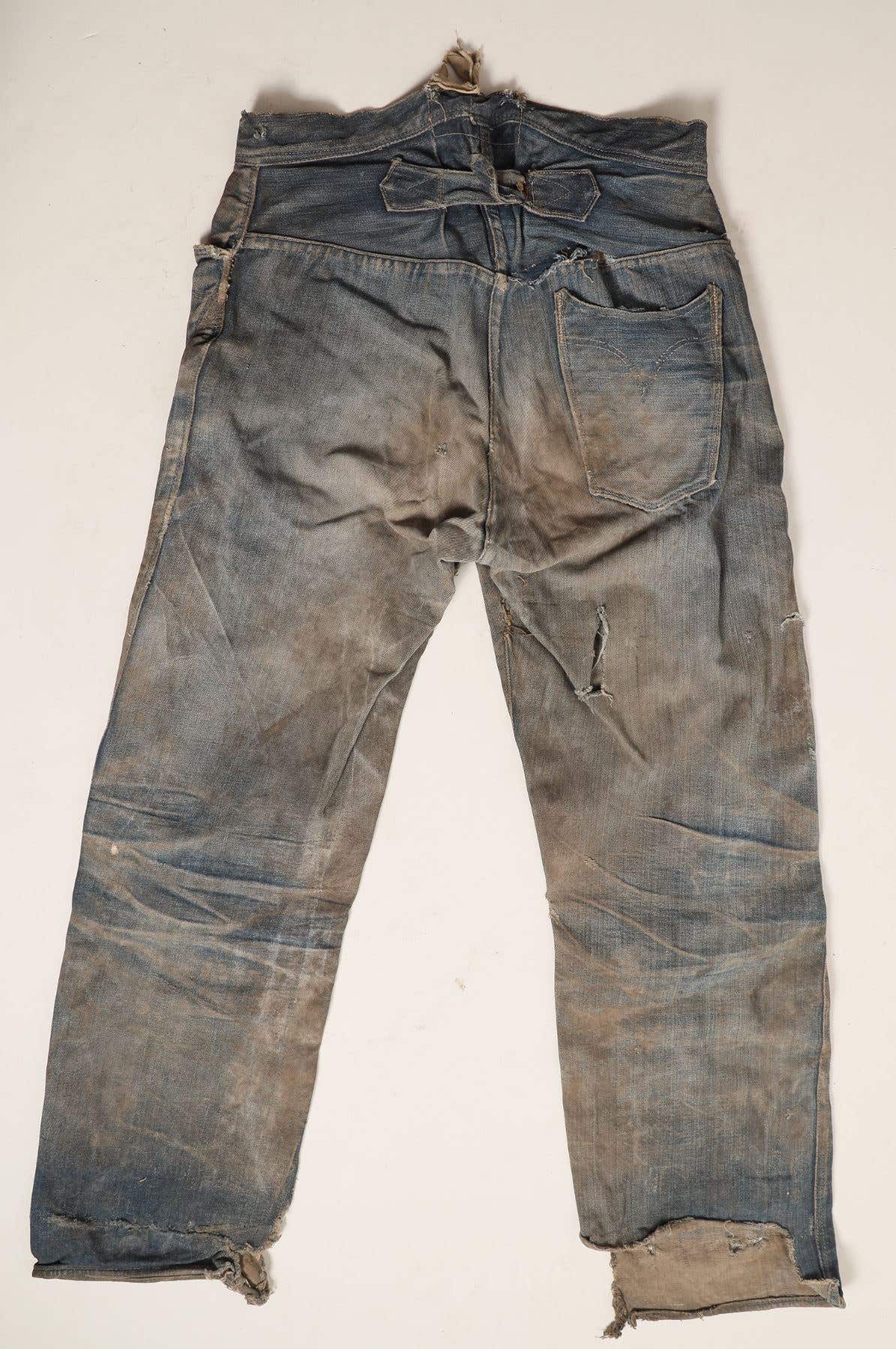Purple glass hurricane shade takes on new character when lit
Susan Mullikin, member of the Antique Trader Ask the Experts team, offers a quick history lesson about the switch from lead to manganese in glass making, in her response to a reader’s inquiry.
QWhat is it and what do you think it is worth? It is in one piece, has no marks on it and the upper part is glass. When held up to the light it appears deep purple.
Every part of the glass that’s raised has brass wire around it, to emphasize it. The bottom seems to be brass.
— H.M.
West Bend, Wis.
A After much research into your pictures provided, albeit without measurements, I believe the item in question is a fairy lamp of the 1900s-1920s.
You mentioned your item is one piece with a brass/metal base and the hurricane top you mentioned is glass. The typical pieces of a fairy lamp consist of a base, a cup for the candle and the hurricane chimney or shade. One of the most interesting features of your piece is the shade made from a deep purple glass, sought after for many years.
The glass of your lamp, as you mentioned, appears black but when held up to the light appears a deep purple. Lead had been used for centuries in making glass, but in the 1860s, lead was removed and manganese took its place as a stabilizing agent until 1915. It was found that when an item was placed in a sunny window and exposed to the sun’s rays over time, the glass turned a light lavender in color. Dealers and others learned that by exposing glass made with manganese to the sun’s rays, the glass was able to reach a very deep purple coloration.
This process was slow, and as demand increased for purple glass, an effort to speed up the process was needed and an artificial process was created, changing ordinary glass into antique-looking colored purple glass referred to as “color altered glass.” I believe your fairy lamp with no cracks or chips in the glass would command a price of $200 to $250.
-----------------------------------------------------------------------
QI am sending a picture of two table lamps that were given to me by an old friend years ago. They appear to be pewter. There are a few cracks in the shades that are fixable.
The frame is in tact. Can you give me any information on these lamps?
—E.B.
Morrisdale, Pa.
A Your friend left you a treasure: a wonderful pair of Art Nouveau Boudoir table lamps produced sometime between 1890-1914.
The Art Nouveau style appeared in the early 1880s and was gone before World War I. Art Nouveau was a sparkling presence in response to the radical changes caused by new urban growth and technological advances. Your pair of lamps were referred to as a pair of boudoir lamps due to their original placement within a lady’s evening sitting room. You refer to the metal of your lamp as pewter. Most lamps such as yours were made possibly out of aluminum or a cast iron base. We see the slag pieces of both lamps are missing, and you did mention that there are a few cracks in the shades. The slag pieces, giving your lamps value, were added in response to the fancy Tiffany glass shades produced for the wealthy. As a way to produce the same lighted effect, at a much more appealing price to the middle class, slag glass was introduced.
When looking at your lamps, one needs to examine them closely for a signature. Perhaps were they signed by Handel, Pairpoint or even Tiffany? If so, that gives your lamps a new added dimension of value.
In regard to your pair of boudoir lamps, one needs to asses the best way to restore them to as original as possible. Can the cracks you mentioned be repaired and can slag glass of the period be added professionally? I feel your pair of lamps, minus any signatures, are worth between $100-$150, and if professionally restored, would be worth $400-$450.



